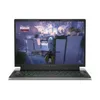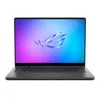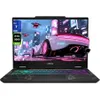I just experienced DLSS 4 and now I can never go back — here’s why
The one GPU technology I can’t live without
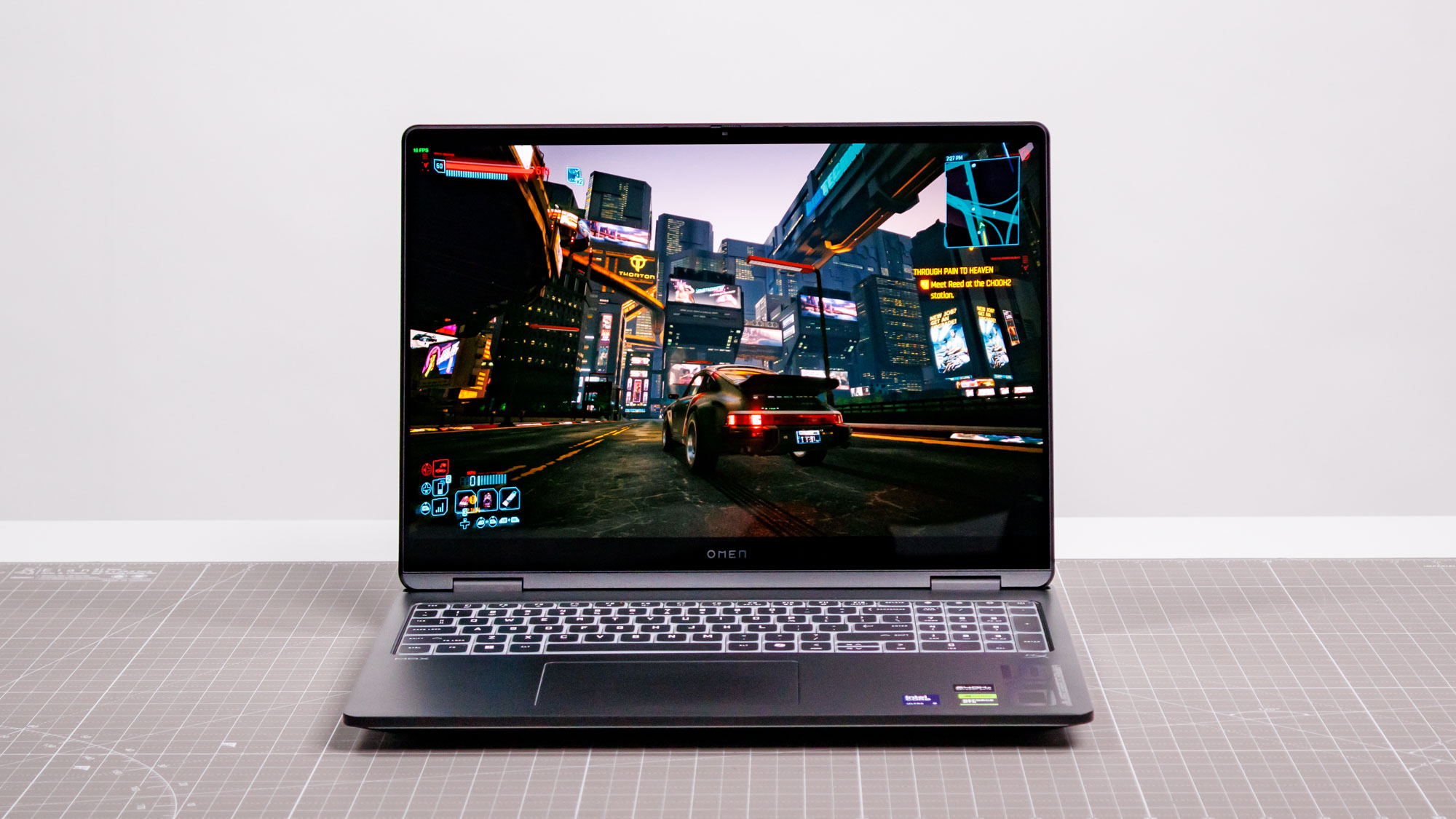
I recently tested the HP Omen Max 16, which floored me thanks to its incredible Nvidia RTX 5090-driven performance. It can run games like Doom Eternal and Indiana Jones and the Great Circle at frame rates well into the 200s! Astounding frame rates like that are possible thanks to the RTX 50-series’ secret weapon: DLSS 4.
Multi-frame generation tech like DLSS 4 can be a game-changer for lower-end desktop GPUs like the Nvidia RTX 5060 Ti and RTX 50 laptops alike. In most cases, there’s no reason you wouldn’t want DLSS 4 enabled. Not only do you get a significant boost in frame rates, but you’ll also generally see improved image quality in the best PC games. For the most part, it’s a win-win situation!
I know my team and I have gushed about various iterations of DLSS before, but after testing machines with both desktop and laptop versions of the Nvidia RTX 5090, I’ve become an even stronger DLSS believer.
Let me tell you why DLSS 4 is so transformative and why you should enable it if your gaming PC or laptop packs an Nvidia GPU.
My DLSS 4 experience
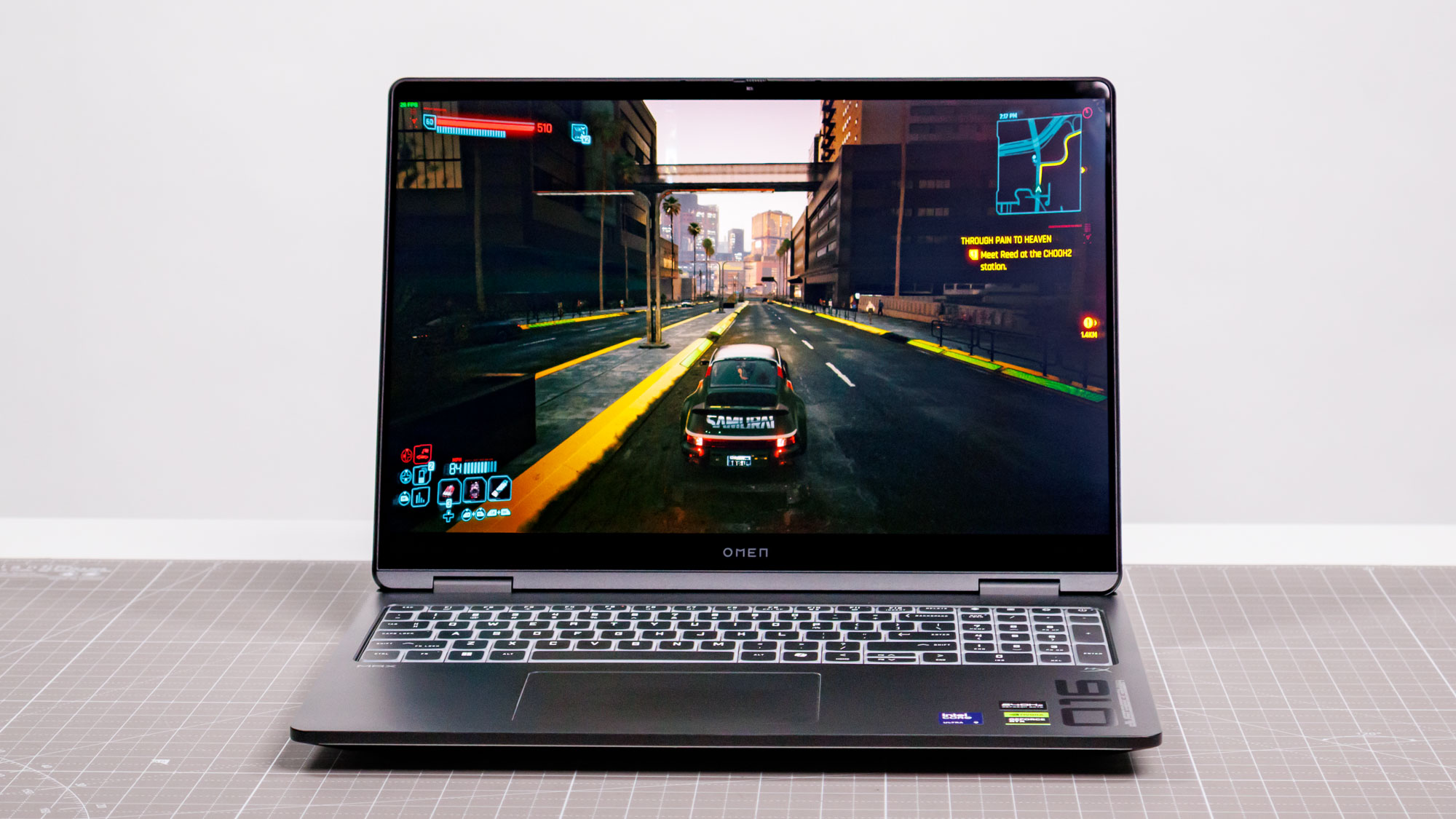
The Alienware Area-51 was the first RTX 5090-powered gaming PC I’ve tested this year. Since this is a desktop with Nvidia’s most powerful GPU to date, I purposely turned off DLSS to gauge this PC’s raw performance. You can read my full Alienware Area-51 review for the details, but suffice it to say I was not disappointed.
When I started testing the HP Omen Max 16, I also turned off DLSS to see how well the mobile version of the RTX 5090 could run games. I was initially disappointed to see Cyberpunk 2077 run at 35 frames per second when it ran at 66 FPS on Alienware’s PC, but I wasn’t surprised, given that I was playing on a gaming laptop instead of a gaming PC. This is where DLSS 4 comes in.
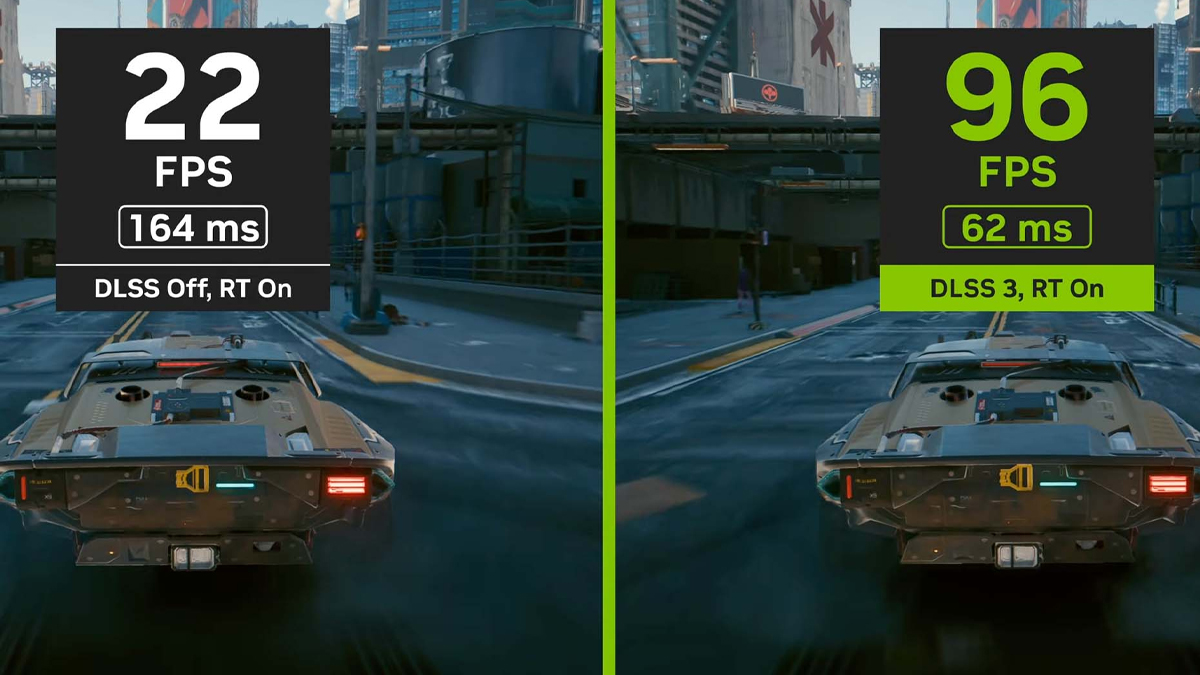
With DLSS 4 enabled, Cyberpunk 2077 ran between 65 to 70 FPS on the ray tracing ultra graphics setting and at 1440p resolution, the game’s default graphical setting. Similarly, Indiana Jones and the Great Circle ran at 80 FPS on ultra graphical settings and 1600p resolution without DLSS 4. With DLSS x4 toggled on, the game jumped to an astonishing 240 FPS!
Get instant access to breaking news, the hottest reviews, great deals and helpful tips.
After testing more games, the chief question I asked myself about DLSS 4 was, why wouldn’t someone want to turn this feature on? I’ll answer that next, but suffice it to say that for most gamers, DLSS 4 is a net positive since it almost always consistently boosts a game’s FPS and visual quality.
If you’re playing on a gaming laptop or your PC has a lower-end GPU like the RTX 5060 Ti, it’s in your best interest to turn DLSS 4 on.
The big downside
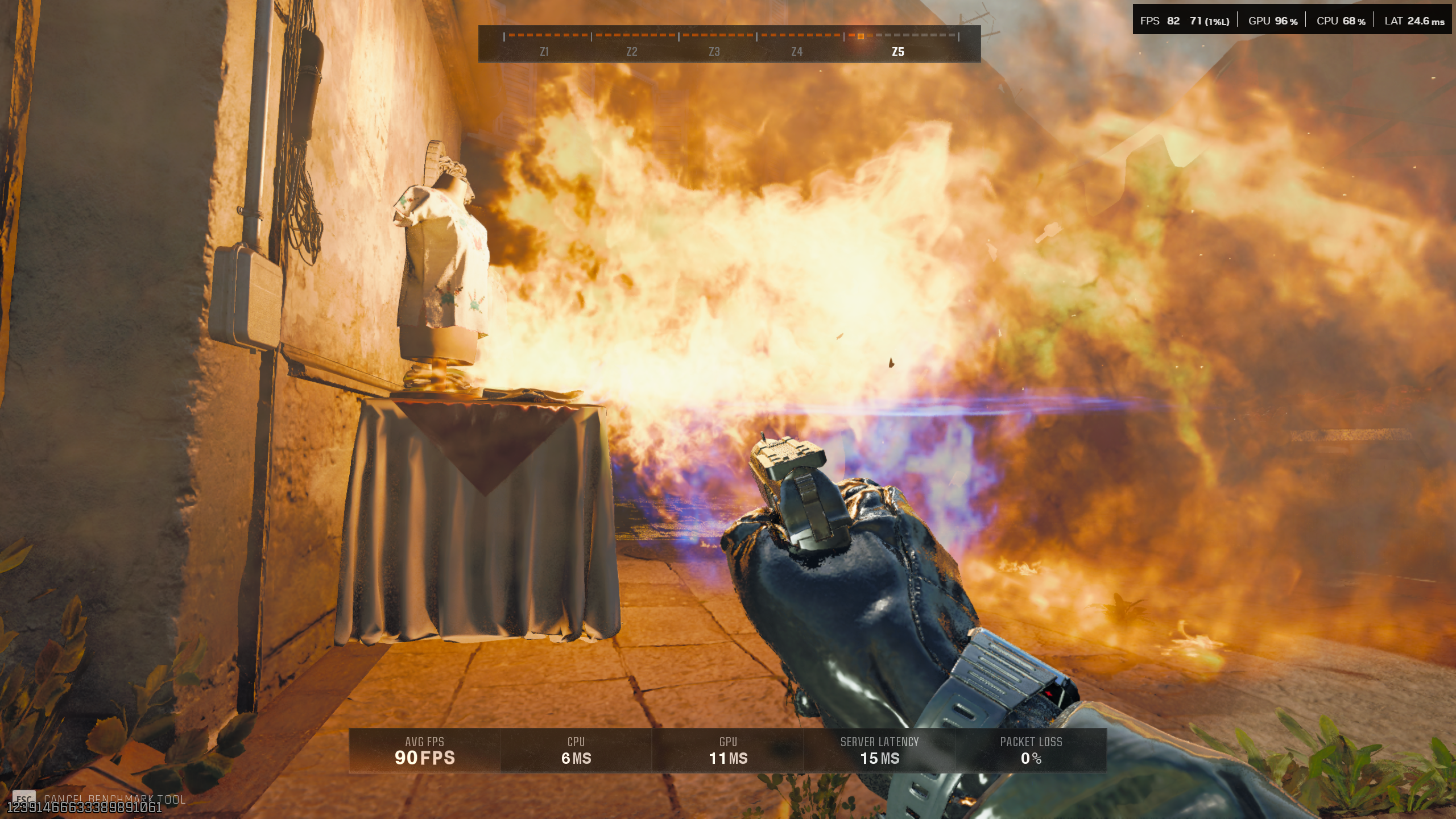
DLSS 4 can help deliver higher frame rates and smoother image quality in games. But as I said, there is one downside to this otherwise beneficial technology.
In our Nvidia GeForce RTX 5060 Ti review, we noted that having DLSS 4 enabled severely impacted the response time of Call of Duty: Black Ops 6. With DLSS 4 on, the game had a 27.2ms response time at 1440p resolution, which is too slow for a competitive first-person shooter that demands lightning-fast reflexes.
GPU | Frames per second | Latency (ms) |
|---|---|---|
RTX 5060 Ti (1080p) | 107 | 11.3 |
RTX 5070 (1080p) | 186 | 8.9 |
RTX 5060 Ti (1440p) | 80 | 27.2 |
RTX 5070 (1440p) | 139 | 16.2 |
Dropping the resolution to 1080p lowered the latency to 11.3ms, which still doesn’t hit the sub-10ms latency you'd want in an online game.
You can get better frame rates and latency by lowering the graphical settings further, but if you want to ensure the best possible response time in multiplayer games, it’s better to disable DLSS 4 entirely.
Bottom line
I’ve been a fan of DLSS ever since I first experienced it on my gaming rig packing an Nvidia RTX 3080 Ti. Since then, the technology has only improved, with DLSS 4 being the best iteration yet. It can be very transformative, especially with lower-end desktop GPUs and gaming laptops.
Unless you play a lot of multiplayer games, there’s very little reason not to enable DLSS 4. Pardon the pun, but it’s a game-changer.
More from Tom's Guide
- I just played games on Nvidia RTX 50-series GPUs and it feels like the future
- I just tested LG's 45-inch 5K curved OLED gaming monitor
- I ditched my laptop for a pocketable mini PC and a pair of AR glasses

Tony is a computing writer at Tom’s Guide covering laptops, tablets, Windows, and iOS. During his off-hours, Tony enjoys reading comic books, playing video games, reading speculative fiction novels, and spending too much time on X/Twitter. His non-nerdy pursuits involve attending Hard Rock/Heavy Metal concerts and going to NYC bars with friends and colleagues. His work has appeared in publications such as Laptop Mag, PC Mag, and various independent gaming sites.
You must confirm your public display name before commenting
Please logout and then login again, you will then be prompted to enter your display name.


